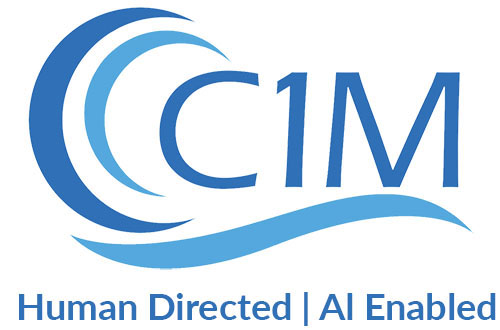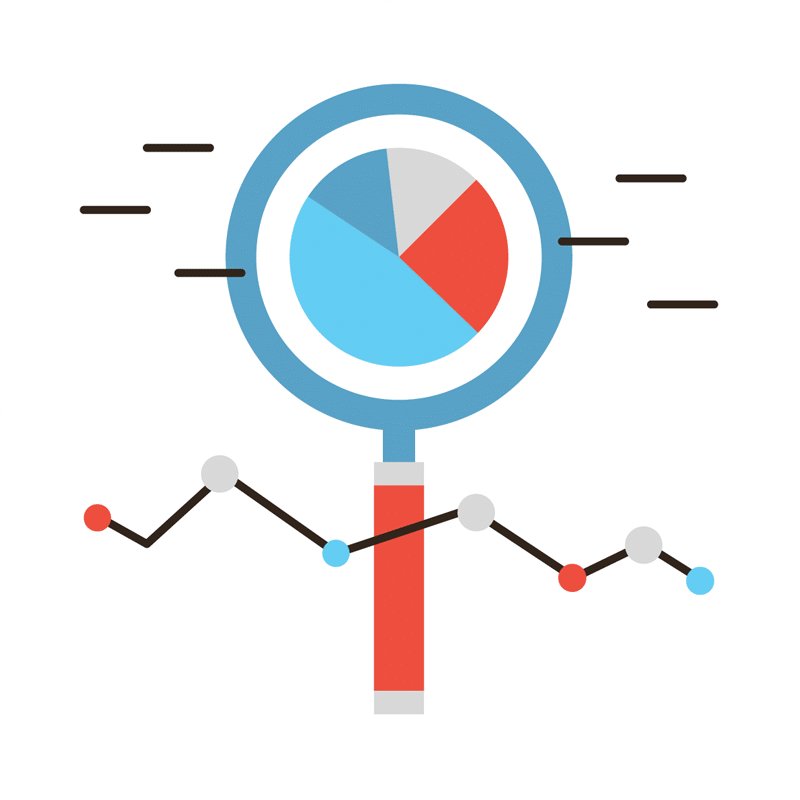
One of the biggest mistakes business owners and marketers make is treating every lead the same. In other words, there are different types of leads and each category of lead requires a different sales strategy.
Why Is Lead Generation Important?
Especially for B2B (business to business) companies, lead generation sits at the epicenter of your business’s growth.
Leads, when nurtured well, will turn into sales. Those sales turn into relationships with customers that are loyal to your brand and will refer you.
Lead generation is the beginning of growing and maintaining your business. However, lead generation is a means to an end because the goal is not to just generate leads, it’s to generate sales.
What Happens When Leads Are Segmented?
Regardless of how hot or cold the lead is, they’re all funnelled into the sales cycle and start receiving the same message. That’s the first mistake.
Shouldn’t a cold lead be treated differently than a warm lead? A cold lead probably doesn’t know much about your business or how you can help them solve a problem. A warm lead is closer to making a decision and probably just needs an extra push to make a purchase.
Prioritize Your Leads.
Also known as lead scoring, prioritizing your leads is the process of ranking your lead’s viability based on interest and readiness or “fit.”
For example, a lead with high interest and fit needs a sales follow-up, while a lead with fit but low interest needs to be nurtured.
There are a couple of ways to score your leads, including an automated lead scoring system integrated with a customer relationship management (CRM) software. Automated processes will ensure your leads are always followed up with and pushes them along to the next stages of your sales funnel.
You can still prioritize your leads manually based on three lead categories.
Three Lead Categories
- Information Qualified Leads (IQL)
These are when a lead first connects with your business. They have given their contact info in exchange for some piece of valuable content, such as an eBook or free download.
IQLs usually don’t know a lot about your business or how you can help them. Following up with an IQL should involve opportunities to learn more about your company. You can do this by offering webinar access, case study or link to your blog.
- Marketing Qualified Leads (MQL)
The MQL has interest, and has moved passed the stage of IQL. They understand what your offer and are considering your solution, shown by downloading or interacting with your content.
Here is a tip if you’re using an automated system: Your sales team should double check your lead and learn as much about them before moving them on through the sales process.
Move your MQL by giving them incentives to take action; maybe a discount, free trial/demo, free consultation or an estimate.
- Sales Qualified Leads (SQL)
The customer is ready to close the sale. They’ve shown interest in your business, have downloaded your content, have requested a consultation or something similar. They’re ready to make a decision.
An SQL should be assigned to a specific salesperson, who should then contact the lead in person to work on finalizing a sale.
These techniques will help you save precious time and avoid human error in deciding which leads to pursue. Using objective data to qualify leads will also help you find patterns in your leads and sales. After all, the goal is to improve your marketing strategies further.
To learn more about lead grading and scoring, click here: http://www.pardot.com/scoring-grading-lab/


